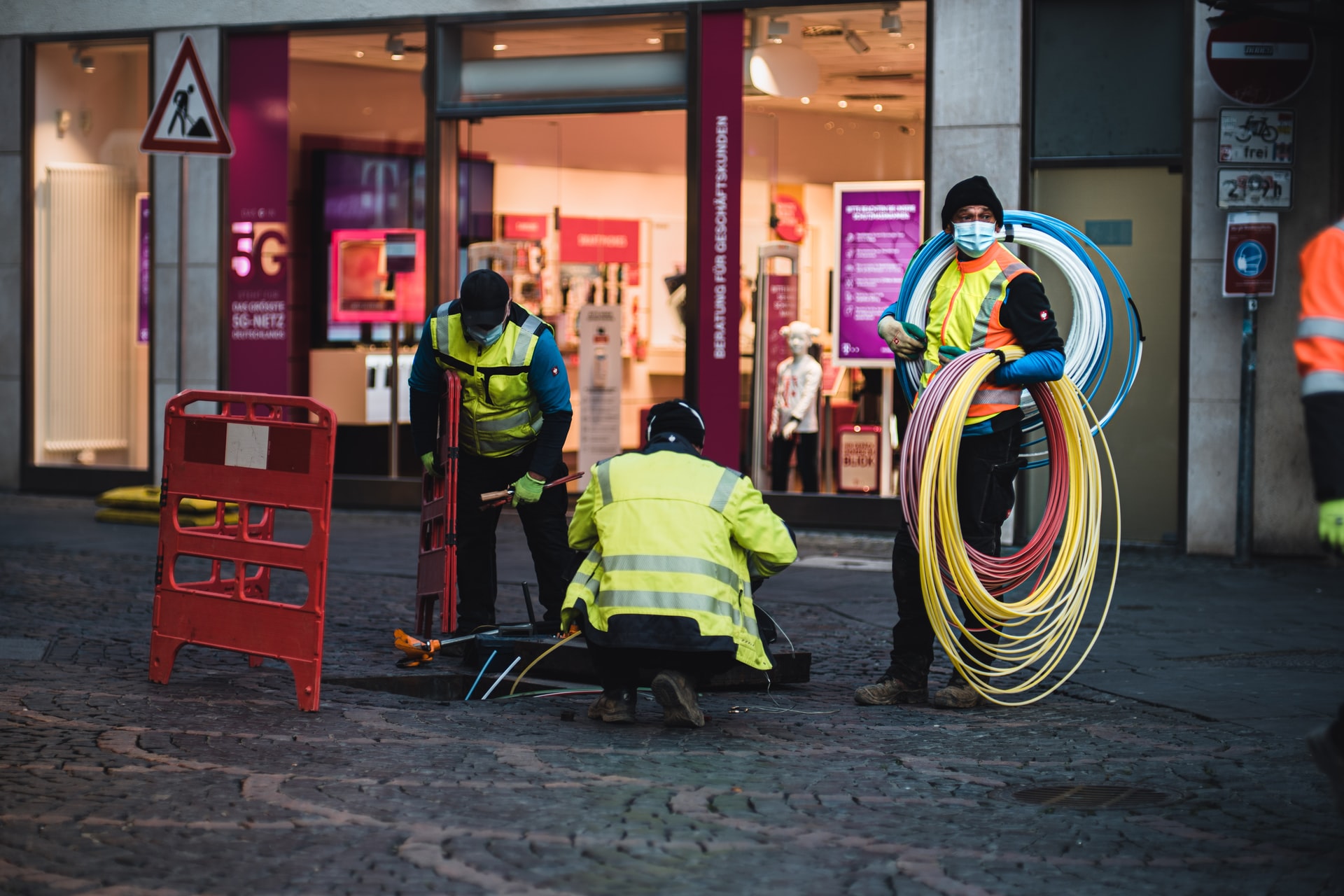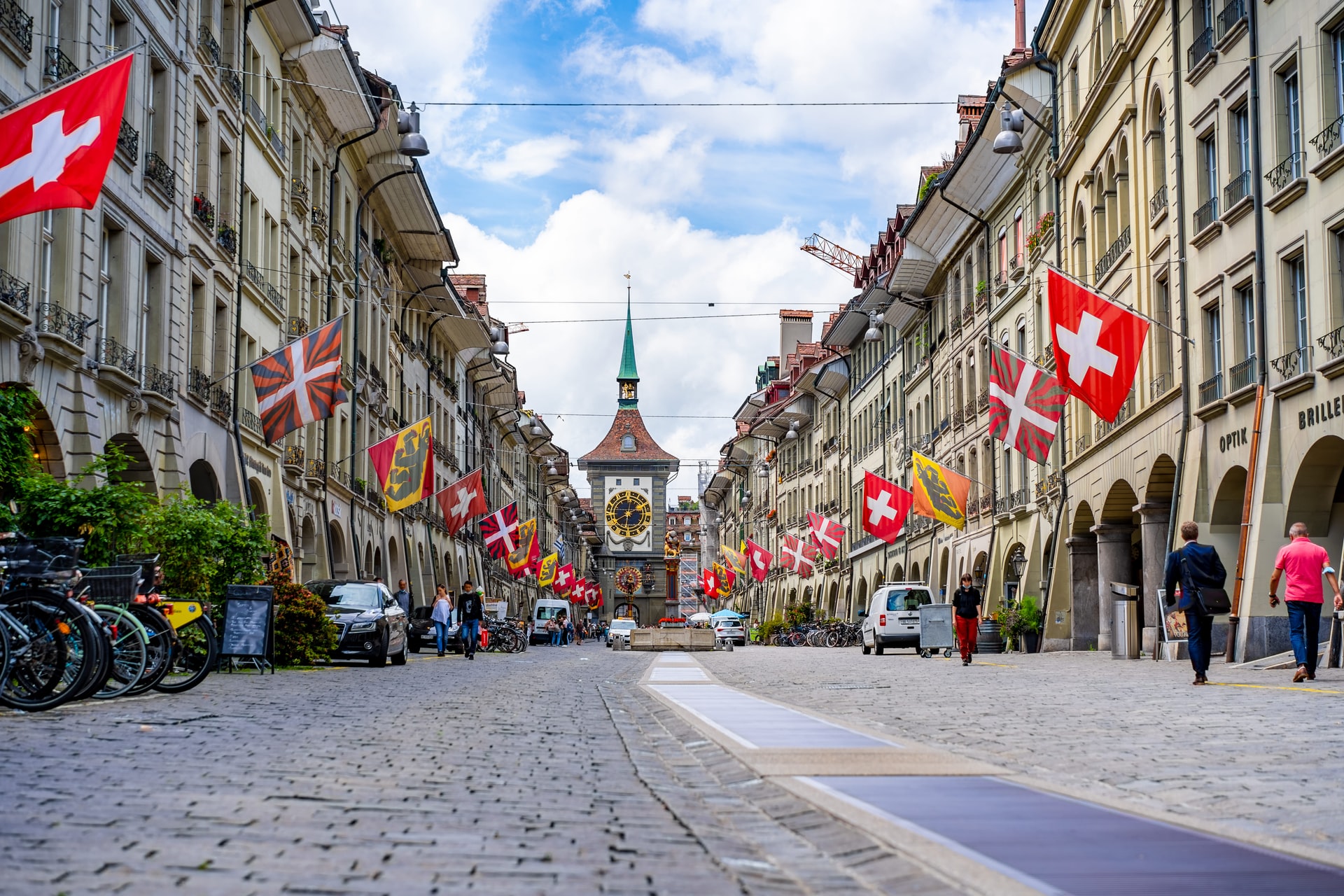Cities are the center for urban growth in countries around the world. Every year more and more people migrate to cities which adds stress to the existing infrastructure and resources available in these cities. State Governments are increasingly leveraging capabilities of the information much more accessible to people which has led to a great increase in transparency and accountability.
The way Ahead
The core concept of a smart city is to use data and technology to transform its functioning as a whole and improve the lives of its residents and businesses in its jurisdiction.
City planners need to be ready to handle huge populations and it won’t happen in a day. The required digital infrastructure and data backbone need to be built over time to support the future expansion of cities and the management of resources that will bear the stress of the increased population.68% of the world’s population will be in urban areas by 2050. With so much influx of population into cities, resource allocation and management to maintain the highest possible levels of efficiency are going to be key in ensuring the smooth functioning of cities in the not-so-distant future. And some cities are doing it.
Barcelona
Smart City Expo World Congress (SCEWC) has been held in Barcelona for the past decade and is scheduled to return later this year. Emerging technologies have been utilized for the needs of residents and potential requirements of the city in the future. This has led to a digital makeover of services & resources of Barcelona. The core areas covered under this were :
- Traffic Management: A smart traffic grid allows the traffic to keep flowing and thus getting rid of logjams as the system predicts rush hour traffic and advises the commuters on alternate paths to their destination. You can get real-time updates on the traffic patterns within the city and reserve a parking spot at your destination from your smartphone.
- Air Pollution Monitoring: The usage of a large network of CCTV cameras and sensors keeps the city safe and provides real-time updates on air pollution levels and infrastructure capabilities.
- Efficient Energy Consumption: Sensor-driven street lighting saves cost, manpower, and energy. Energy efficiency is driven by data in homes, offices, and businesses that significantly contribute towards saving energy across the city.
- Information Hubs: Digital solutions are available all over the city in the form of kiosks that serve as information hubs for nearby shopping as well as tourist attractions. You can also access all the relevant information about local attractions through your mobile devices making Barcelona the 4th ranked smart city in the world.
London
Ranked 3rd in the smart city rankings of the world, London has shown how a traditionally built and developed capital can be transformed using digital solutions and bring the city up to speed with the changing times. To deal with ever-growing stress on its healthcare, transport, energy, and utility infrastructure, London incorporated several digital solutions to manage the growing needs of the residents.
- Intelligent Road Network: Improved transportation system, an intelligent road network, zero-emission mass transit options, and usage of data to reduce traffic congestion in key areas have significantly improved the state of the road network in the city.
- Data Hub: London started a datastore that allowed the residents to share data and feedback amongst each other and the city. From statistics related to the city to information about the city, the London Datastore has become an open database accessible to all, allowing residents to connect while also sharing valuable data and information amongst each other.
Visible Ground Effects
The digital transformation of cities has helped cities transition into the digital era of the internet and interconnectivity. Smartphones allow access to real-time data related to traffic, pollution, road congestion, access to city resources on the go.
Smart road networks and traffic systems allow real-time management of traffic and ease road congestion during rush hours. This is evident in the example of the city of Hangzhou - the Headquarters for the e-commerce giant Alibaba; where traffic jams were reduced by 15% by effective AI usage. A data-driven system with user access to available parking spots and traffic makeup is essential in maintaining traffic flow in the cities.
Sensors have been installed in cities at key places to measure pollution levels and enforce compliance for emissions and wastage. It can also be used to measure water levels to avoid cases of flash floods or polluted water. Installing CCTV cameras, low energy sensor-controlled street lights along electronic public transport solutions has led to a drastic decrease in air pollution, energy wastage, and crime.
Thus, smart infrastructure that takes into account data accumulated every day allows authorities to identify problem areas and introduce policies and solutions to fix them is the key to unlocking the digital transformation of cities.
Challenges to Digital Transformation
Although Smart Cities are the way of the future, this digital transformation is not without its challenges. These challenges though may not be as apparent as one may think.
- The pace of Adoption: One of the biggest issues can be deciding between what and how many digital solutions need to be implemented. An abrupt change may not be favorable as a gradual change allows the residents to ease into the new technologies being offered. But, incorporating too few technologies can stall the transformation, too many can cause a disorienting effect.
- Striking a Balance: Another issue that arises is for businesses and city services to strike balance between front-end and back-end digital solutions. Transforming how the residents avail themselves of the services might not necessarily be the way for digital transformation but changing the internal structure will truly transform the organization.
- Workforce Upskilling: We cannot forget about human resources while going through a digital transformation. A skilled workforce is required for any venture to work and the same applies to digital transformation. The service providers must be well versed with the technology. Training employees will allow for a faster transition to the new technologies.`
- Data Privacy: is the policies relating to data privacy, collection, and sharing. Since the entire ecosystem is data-driven, some of which can be personal, it is important for there to be a safeguard to protect the privacy of residents. A data-driven system needs to have adequate data security solutions to protect sensitive data and prevent misuse.
All these challenges can prove too tricky to deal with and if coupled with budgetary issues, there can be a significant stall in the implementation of digital solutions in the city. A complete overhaul of a citys’ management systems and services is a long and big task and one that requires sufficient backing and planning.






Comments